Scotch whisky is present almost everywhere and has been a recognisable tipple for a good few generations. Its popularity exploded around the middle of the 19th century and its international profile is still rising. The generic ‘Scotch’ is a shorthand for a sophisticated drink worldwide. Whisky itself, however, remains a little mysterious – the traditional way of making it is complex and nuanced – and this may lead to its being drunk without much knowledge of its provenance.

If you are looking to become an investor in Scotch, let us take you on a quick refresher as to why whisky has the status that it does.
In the tiniest of nutshells, whisky is what happens when you make a beer, make that beer far too strong and then forget about it in a warehouse for a few years. This explanation, however, does no justice whatsoever to the complex and nuanced amber nectar that has worldwide prestige, devoted legions of opinionated followers, manic collectors scrabbling for rare expressions and canny investors seeing great leaps in the value of their spirited assets.
Barley to Bottle
It starts with barley, a cereal grain with a useful feature – after harvesting, barley grains can be tricked into a partial germination. This produces maltose sugar and becomes malted barley, or just ‘malt’. After grinding to grist, the grains are soaked in water to extract their sugars and this sugary ‘wort’ is a perfect stock for yeast to work its magic, chew up the sugar and produce alcohol.
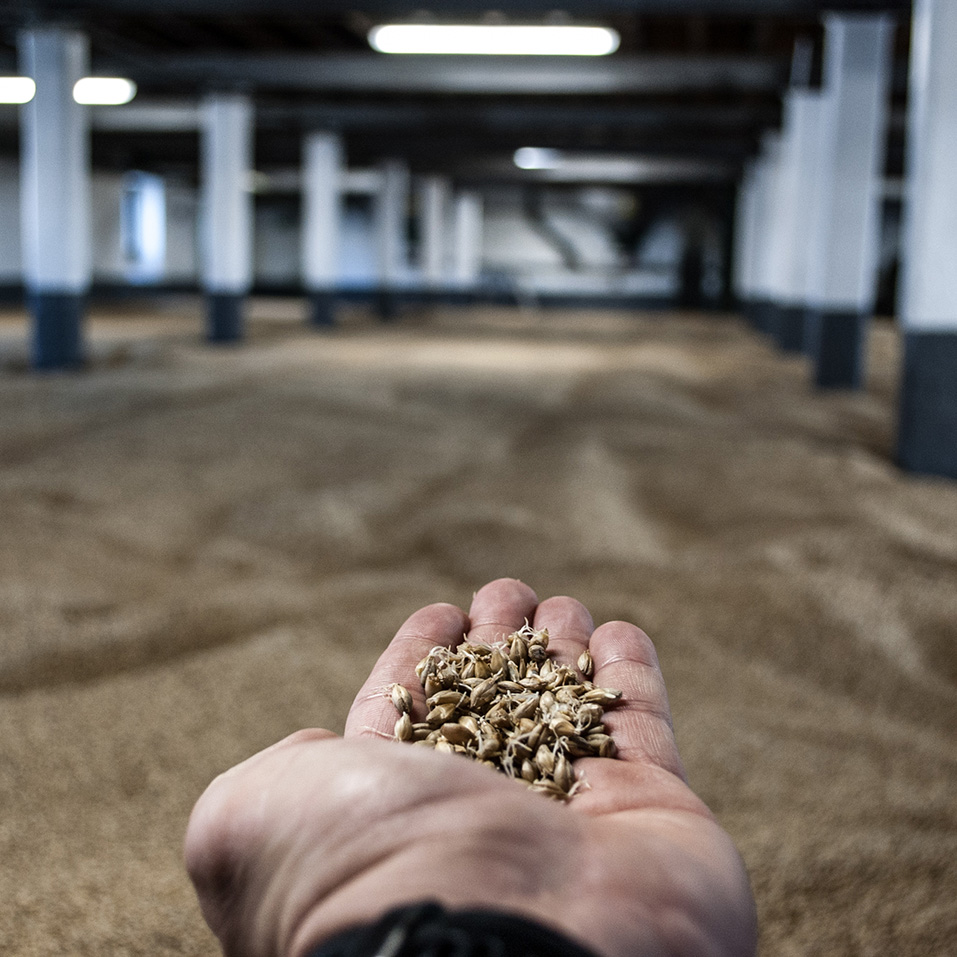
So far, so beer. But this isn’t whisky yet. The ∽8% abv ‘wash’ is distilled in a large copper still, a vessel designed to separate alcohol from water using heat, to a strength of ∽25% abv. This is relatively crude distillation to remove solid matter and water. Subsequent rounds of distillation increase the alcohol concentration and refinement substantially – almost all Scottish distilleries will carry out just one more distillation to produce a clear spirit at ∽70%abv. A few Scottish distilleries may distil a third time for even higher abv, but this is a practice more often seen in Irish whiskey.
So far, so gin…kind of. But this isn’t whisky yet. This powerful, clear ‘new make’ spirit is often very aromatic and can even be carefully quaffable, but whisky connoisseurs demand better. So does the law, in fact: new make cannot be bottled and called whisky until it has spent a minimum of three years quietly maturing in an oak cask, losing a few points of alcohol but gaining great depths of flavour. And it is precisely this period of extended cask maturation that gives Scotch whisky its edge.
Stockholm Syndrome
Whisky will need to spend a very long time within its oak cell, but luckily they get on very well indeed. Despite the legal minimum for whisky maturation in Scotland being three years, it is unusual for a single malt whisky to leave its cask before 8 years have passed. The process of maturation may be slow, but the accumulated benefits to the spirit cannot be overstated.
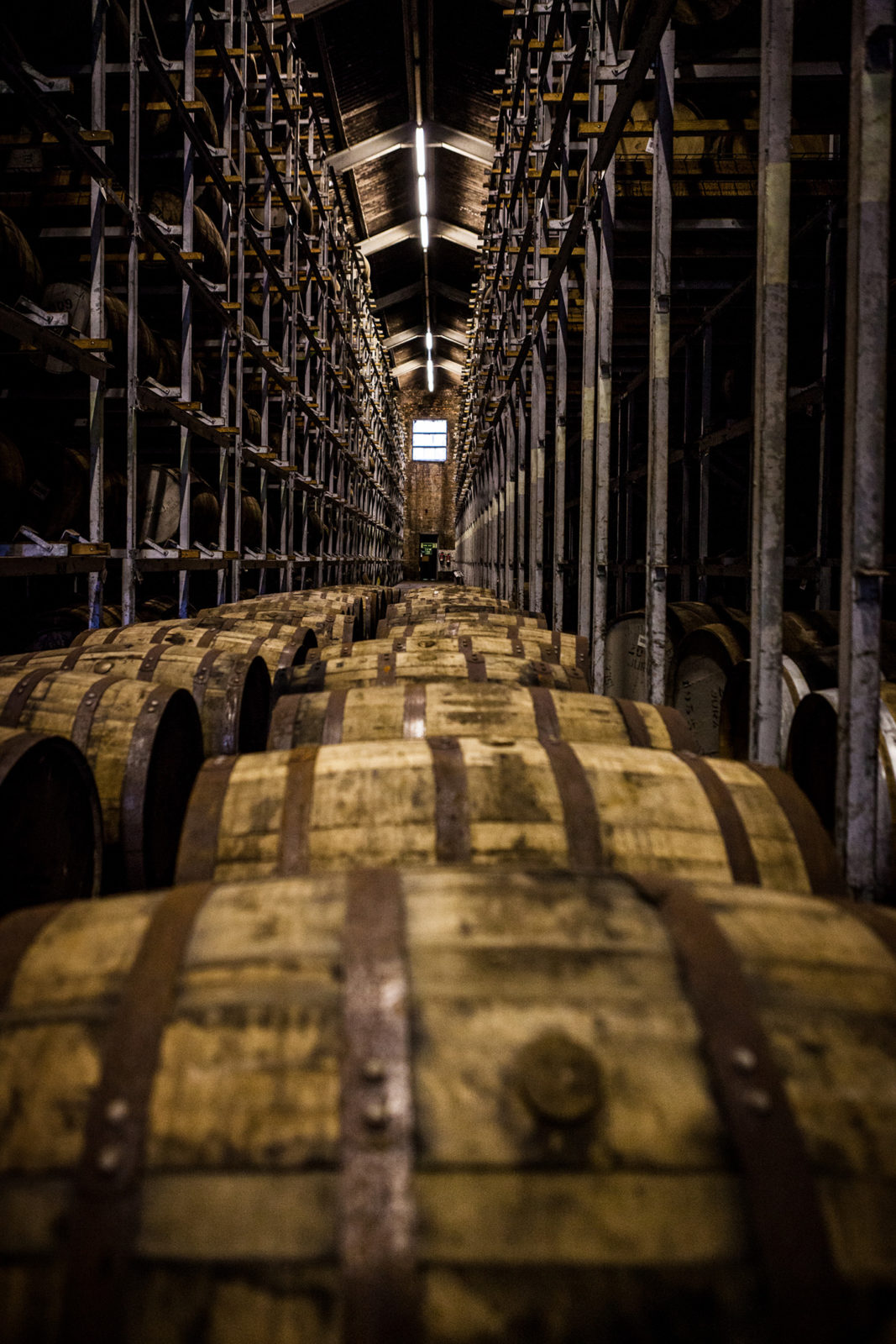
Vodka desires to impress with its purity and absence of flavour. Gin dazzles with alchemical flourishes and carefully combined aromatics infusing the spirit. Rum can be as full of spices as a Christmas cake. Whisky does it differently.
Whisky must be deep with flavour, but the process does not allow the addition or infusion of any extracts or botanicals. The distillation does create an aromatic clear spirit to start with, but choosing the right cask to mature this spirit can layer, enhance and even reform flavour in unpredictable ways. The longer the whisky is allowed to mature, the more it sweats off younger, brasher flavours and the more it interacts with its wooden caretaker; the more profound and complex the final spirit can be. The colour will also deepen, and younger straw-coloured whiskies can cross the spectrum through gold, copper, amber to shades of mahogany as the whisky ages.
The classic cask for maturing Scotch whisky these days is a hogshead: a 250 litre capacity cask built from the staves that used to be part of a 180 litre American Standard Barrel. Almost in totality, Scotch whiskies are matured in barrels inherited from other alcohol producers. We like it that way.
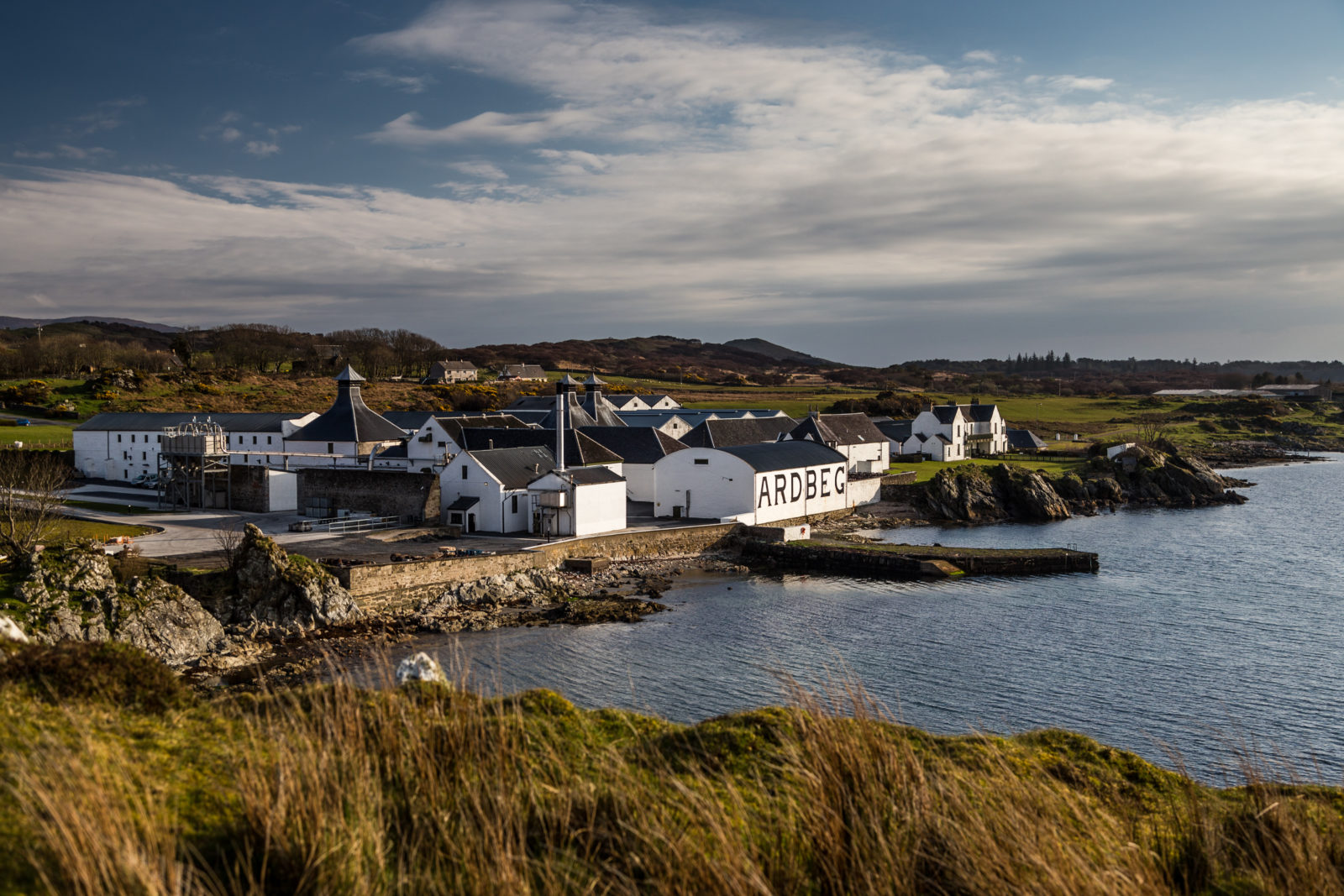
While American Bourbon whiskey thrives on the strong coconutty-vanilla flavours imparted by fresh, ‘virgin’ American white oak (to the extent that Bourbon cannot be legally matured in anything else); Scotch finds the fresh flavours of a new barrel almost overwhelming and prefers to import oak from the US after it has spent a few years maturing a Bourbon. These barrels with the edge taken off them are responsible for maturing over 90% of all Scotch whisky and imparting delicate vanilla and caramel flavours. There are a few virgin oak matured whiskies out there, but they are pretty rare.
The Scotch industry predates the American by a good long while, however. Before Bourbon casks rose to prominence, European oak was used to mature Scotch. The wines of France and Italy, the sherries of Spain, the ports and madeiras of Portugal; all were imported to Britain and their great 500 litre casks, still sodden with wine, were the ideal vessels for maturing thick, juicy, spicy Scotch.
These kinds of cask are still used today, sometimes constructed of spicy European oak, sometimes of softer American oak. Some distilleries will choose to mature their whisky entirely in a cask of European origin, but a more common practice is to get a whisky started in an ex-Bourbon cask to build up some vanilla sweetness before transferring the spirit for a finishing period in ex-European wood to build up some fruity or spicy notes. The double matured Bourbon-Sherry whisky is now a mainstay of many distilleries’ style.
However they choose to mature it, distilleries know that the secret to success lies in the cask.
Why is a cask of whisky a better investment than a bottle?
It is precisely because the cask has such a significant effect on the whisky, and because it changes so much over time, that such great appreciation in value is tied to longer maturations. Each year a little of the liquid evaporates from the cask – and this missing whisky is famously referred to as ‘the angels’ share’. The value gained by the remaining liquid much more than offsets the losses incurred by marauding angels.
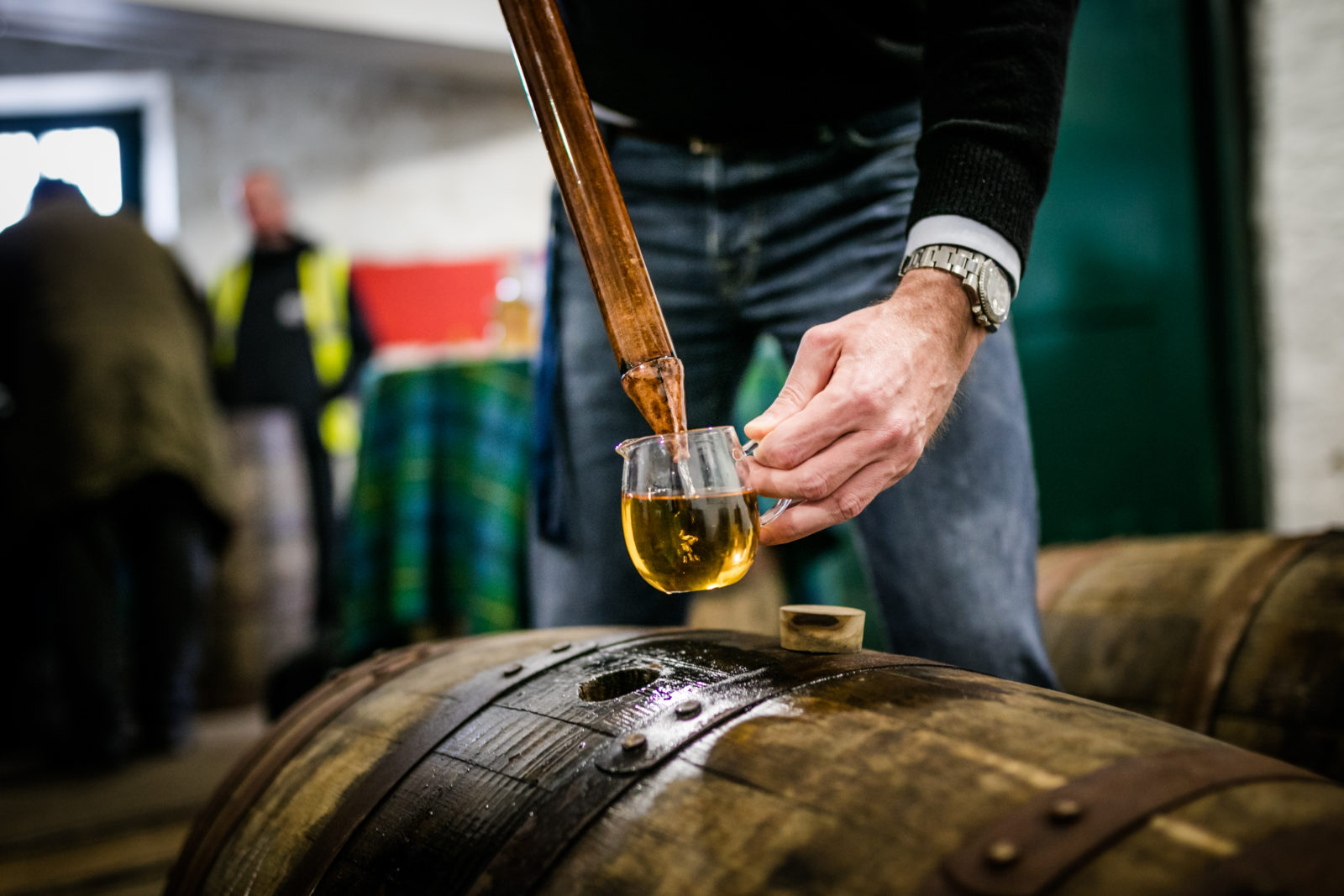
Casks are often chosen to be bottled at 5, 10, 15 years – reducing the pool of casks at advanced ages. In short, any whisky that is still in its cask after 20 or more years has an aura of ‘the chosen’ about it. The mere thought of such venerable vintages makes whisky geeks check their bank accounts, and collectors consider how much space they can squeeze out on their groaning shelves. These are the Scotches where owning a particular bottle can become a very competitive affair and auction houses are presiding over great leaps in value.
But here’s the thing about a bottle: It’s done, it has no more paths to explore. It’s frozen in time from the second it was decanted out of the cask where it gestated. It is also (say it quietly) a little easier to forge. At this stage, a bottle of fine Scotch is more like a work of art, a high value item that is nonetheless subject to the more specific whims of the market.
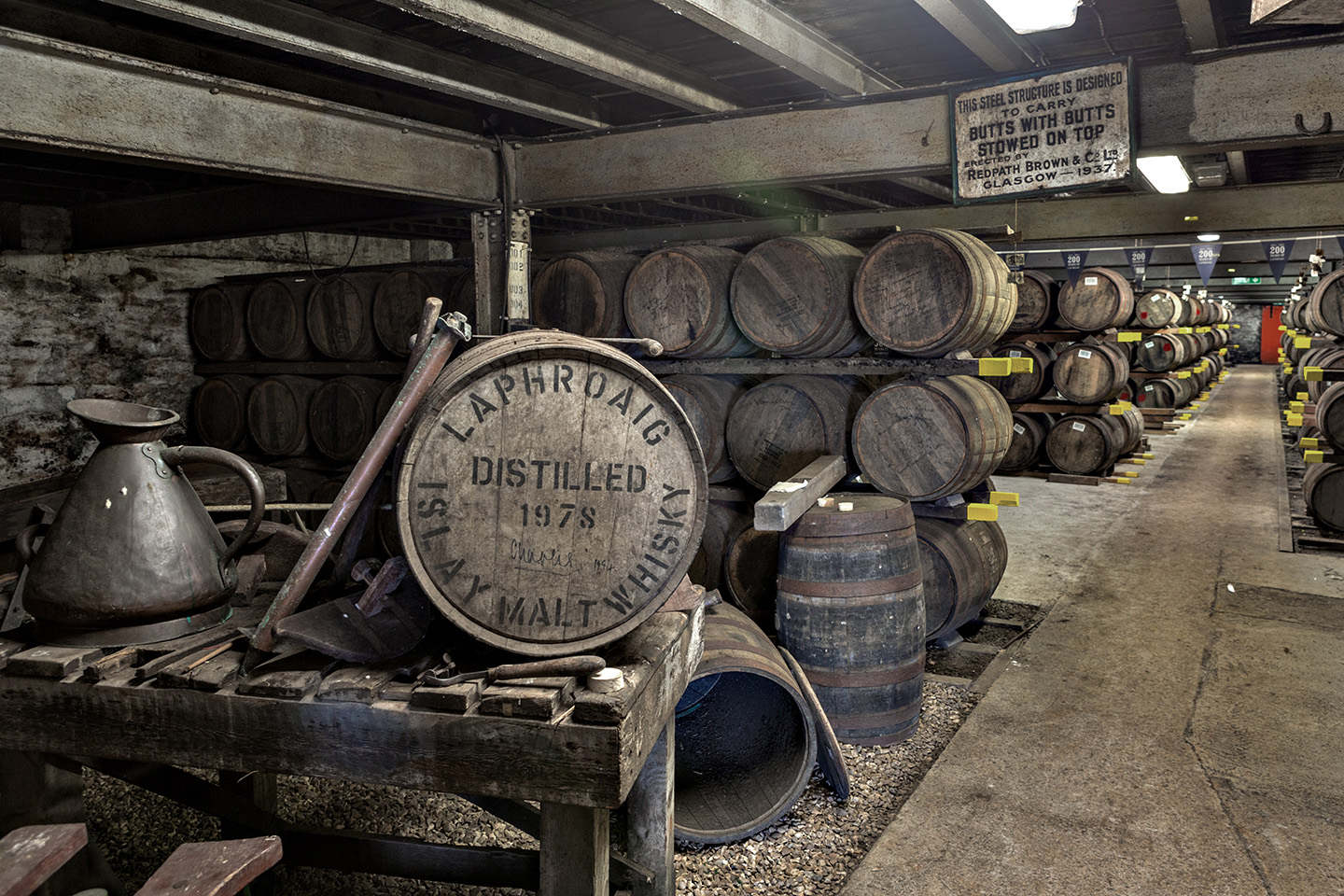
Whisky in the cask is a bit more dynamic than whisky in the bottle. For a start, there’s a lot more of it. A 250l hogshead will have lost about 30% of its volume to the angels in 20 years, but there are still almost 250 70cl bottles to be extracted from it, meaning that a single cask can have an extremely high resale value if that distillery’s whisky is in high demand. Furthermore, if the time doesn’t feel right for selling, holding the cask for longer won’t harm it – quite the opposite. The longer the whisky is allowed to mature, the more exclusive it becomes, raising the value of the cask exponentially over time. Each cask can be a quiet little profit engine, humming softly as its value outstrips that of more traditional tangible investments. There might ultimately be fewer bottles the longer you wait – but that also limits the number of people who can get one…
During maturation the cask is well protected. Whisky isn’t taxed until it is bottled and so the entire maturation must take place within government-bonded warehouses to keep tabs on it. Tax is paid on abv, and so bottling a whisky later in its life actually carries a smaller overhead cost – but more importantly, this strict requirement keeps the whisky guaranteed and safe while it matures.
New Make Casks
Young distilleries welcome the investment in their casks. There’s a long lag phase between setting up a distillery and welcoming the profits from their first bottlings. No whisky can be sold until it’s ready, and for most new distilleries this time comes a good while after the 3 year maturation requirement. Buying youthful casks of maturing spirit is a good way to get involved right at the start, helping the distillery to establish itself, then to reap the benefits once the cask is ready to bottle and the young distillery has become the hot new ticket.
Blue Chip Casks
The opposite side of the coin is investment in older casks. These will have a great pedigree and are instantly very valuable. Every additional year brings soaring appreciation to an already venerable cask. You only need to watch out when the maturation is getting close to 50 years. By that point there’s only a shrinking puddle of the original spirit left, and though it may have a taste as deep as Mt Olympus was tall, it’s getting perilously close to 40% abv… any weaker and it’s no longer legally whisky. Once below 40%, only taboo scientific trickery can bring the whisky back. But of course, someone’s always watching over the cask to make sure it doesn’t slip past that point.
For these reasons, it is slowly starting to dawn on whisky producers and investors alike that casks are a great route for investing. Time is kinder to them than to almost any other high value investment as they Dorian Grey their way through the years, not merely avoiding decay, but actually improving as they go. Only time will tell what their patience will reap, but at the moment, the future for cask investment is looking quite attractive indeed.
Want to explore whisky cask investment further? Click here to learn more about the Braeburn whisky cask investment platform.


What a great article. Thanks.